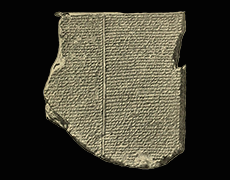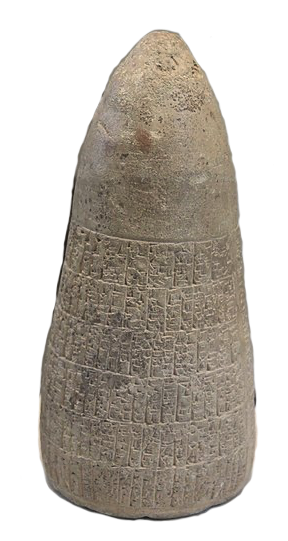
The Sumerian creation myth is one of the earliest recorded creation stories in human history, originating from ancient Mesopotamia around 4,500 BCE. The story is told in several different versions and has been passed down through the generations in various forms.
In the most well-known version of the Sumerian creation myth, the universe was created by the god Anu and his consort Ki, who personified the sky and earth respectively.

They gave birth to a number of gods, including Enlil, the god of the air, and Enki, the god of water. Enlil was made ruler of the gods, while Enki was given control over the rivers and marshes.
The story continues with the creation of humans.
In one version, humans are created by the god Enki and the goddess to serve as servants to the gods. In another version, the goddess Ninmah creates humans from clay and the blood of a slain god.
Regardless of the exact details, the Sumerian creation myth emphasizes the idea that humans were created for the benefit of the gods, and were expected to work for them and worship them in return for protection and provision.

The Sumerian creation myth also includes elements of a flood story, similar to the story of Noah in the Bible. In this story, the god Enlil becomes frustrated with the noise and chaos created by the humans, and decides to destroy them with a great flood. However, Enki warns a man named Ziusudra of the impending disaster, and instructs him to build a boat to save himself and his family.
The Sumerian creation myth reflects the beliefs and values of ancient Sumerian society, including the idea of a hierarchical universe with the gods at the top and humans at the bottom. It also provides insight into their understanding of the natural world, and their attempts to explain the origins of the universe and humanity.

